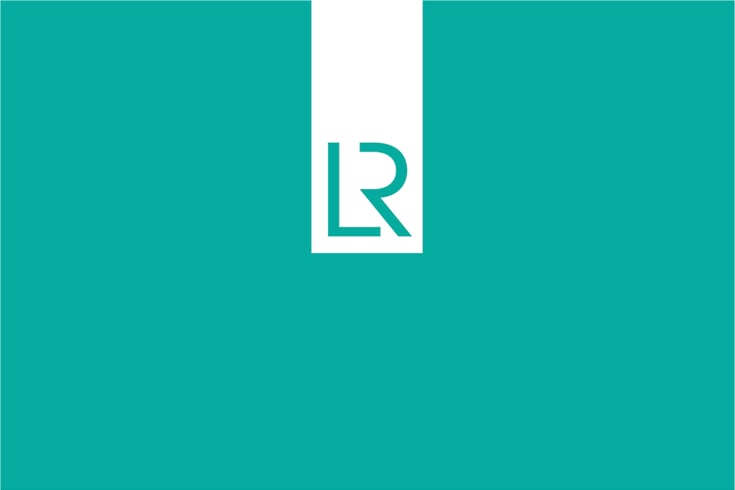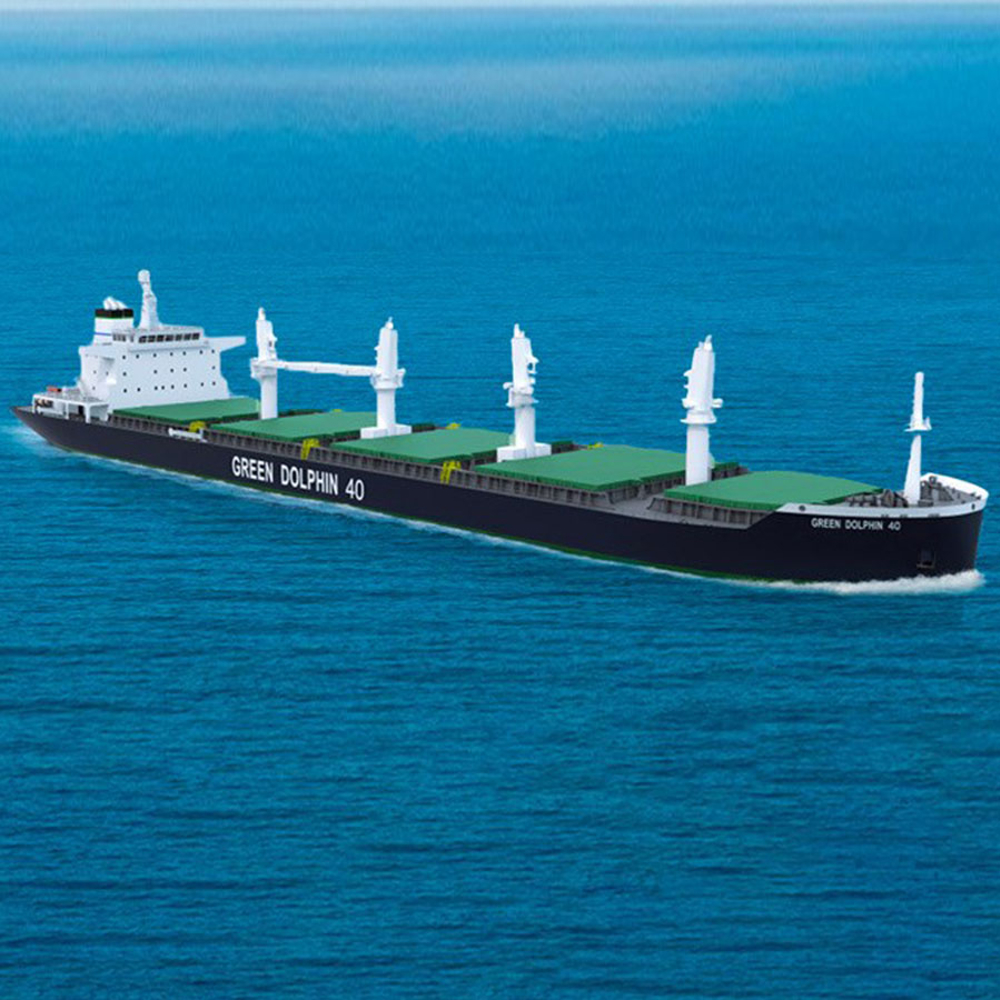In this article, Li Tianxiang, Technical Service Office looks at how LR’s classification services give designers the confidence to deliver groundbreaking advances in sustainable shipping.
As the focus on sustainable shipping continues to grow, the industry turned its attention to the issue of greenhouse gas emissions and the question of how best to reduce them. From overarching solutions like low or zero carbon fuels, to specific techniques such as Engine Power Limitations and low-carbon conversions, operators have several different opportunities to explore as they work to minimise the impact of their fleet.
As operators continue to minimise the impact of their existing fleet, ship designers have turned their attention to the future. And while innovative design choices can drive new levels of operational and energy efficiency, those decisions must also be made with the stringent regulatory requirements of the maritime industry in mind – something that LR advises on as part of its core proposition within the new construction value chain.
This is perfectly evidenced by our recent work with Shanghai’s Ship Design and Research Institute, or SDARI.
Designing next generation vessels
Established in 1964, SDARI is a ship design organisation that operates as part of the China State Shipbuilding Corporation (CSSC). SDARI’s work includes the design of specialised engineering vessels, offshore support vessels, offshore engineering vessels, offshore platforms and more. Over the years, SDARI has received numerous awards for its work in design innovation.
LR and SDARI have worked together for almost two decades, developing a close relationship built on the issues of new ship development, technological innovation, and the application of energy saving techniques to its designs. LR proactively supports SDARI in the development of new vessels, delivering value via a combination of deep technical capability and the guidance SDARI needs to navigate the various regulatory challenges associated with design innovation.
To ensure that the techniques employed within two of SDARI’s most recent vessels – the DOLPHIN [Handysize] 40,000DWT Box-Type Bult Carrier and Green Dolphin [Ultramax] 63,500DWT bulk carriers – would adhere to Common Structural Rules, LR provided a comprehensive verification service.
From LR’s perspective, this required specific attention to some of the smart design choices present within each ship.
Dolphin 40,000DWT
The Handysize has been created with evolution, rather than revolution, in mind. The Dolphin employs a novel design that enhances operational efficiency and performance by removing the heavy ballast hold, pipe tunnel, and topside tanks. Cargo capacity and load ability are also maximised via the use of continuous catch coamings and wider hatches. In the engine room, the fuel tanks have been placed using a carefully optimised design.
Working closely with SDARI’s designers, LR helped them to optimise the vessel’s structure, allowing for the Dolphin’s deadweight tonnage to be increased by 1,500DWT against its initial capacity. That, in combination with an open hatch system that allows for significantly easier loading and unloading of cargo via a crane, makes every journey more operationally – and environmentally – efficient.
Green Dolphin 63,500DWT
The Green Dolphin Ultramax features a redesigned accommodation block that reduces drag, making it considerably more fuel efficient. Alongside assisted propulsion and the ability to harness wind power via the use of rotor sails, deadweight is also preserved within EEDI-specified compliance limits.
One of the major advantages of the Green Dolphin is the presence of an Intelligent Management System (IMS) that is designed and owned by SDARI. Offering a sliding scale of “smart ship” functionality, the IMS provides operators with a vessel that can be almost entirely automated should they want it to be.
With the IMS also collecting a continuous stream of live data from the Green Dolphin, operators can conduct in-depth analytics into routing and weather conditions, giving them detailed insight into the optimum routes to follow in order to save time and reduce fuel consumption. The IMS also enables operators to adopt a predictive maintenance routine, providing ongoing oversight as to the performance of each vessel’s machinery.
Both the Handysize and Ultramax are truly next generation digital ships, featuring intelligent management systems that cover navigation, energy efficiency, low-energy operation, equipment health management, and hull structure stress management. Additionally, a range of Energy Saving Devices optimise fuel consumption and help to keep the vessels compliant with both EEDI Phase 3 and NOx Tier III requirements.
For more on next generation shipping design like that seen in our work with SDARI, please visit the New Construction hub on our website and learn more about the Handysize and Ultramax in our accompanying design evolution videos.









